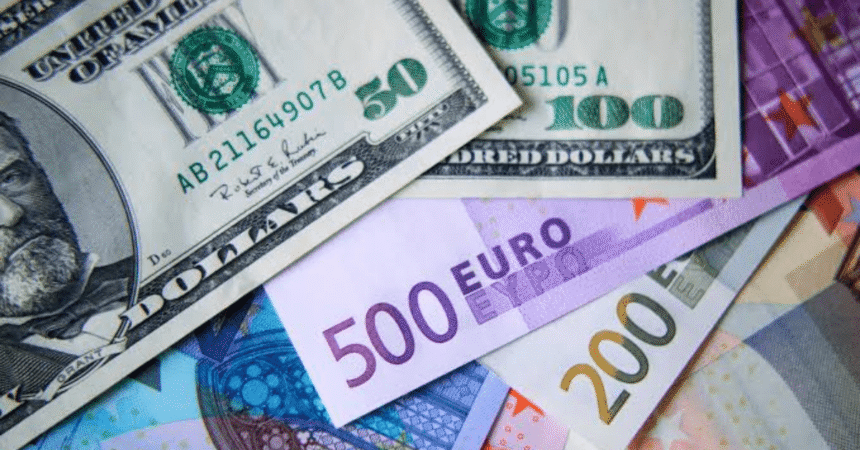The US dollar has taken a nosedive, reaching its lowest point this year against the euro, yen, and sterling. The currency’s decline is attributed to the reduced yield premium in the US Treasury market, making it less attractive to investors. As a result, the dollar index has dropped to a fresh low since January 2, measuring 101.34.
The euro has surged to its highest point since December 28, reaching 1.1131, while sterling has touched a high of 1.3054, a level last seen in July last year. The dollar has also sagged below the psychological 145 barrier against the yen, dropping to 144.98.
1.1131,whilesterlinghastouchedahig1.3054, a level last seen in July last year. The dollar has also sagged below the psychological 145 barrier against the yen, dropping to 144.98.
Market analysts predict that the dollar’s downward trend will continue, driven by expectations of a rate cut by the Federal Reserve. The August 2 payrolls report sparked recession fears, leading to a spike in volatility across asset classes. Although better macroeconomic data has since flipped the odds, traders remain cautious, bracing for another potential shock with revised data due later.
Federal Reserve Chair Jerome Powell’s keynote address at the Kansas City Fed’s Jackson Hole economic symposium will be closely watched for hints on the likely size of a rate cut next month. The market is pricing in a quarter-point cut, but the odds of a bigger reduction remain.
The dollar’s weakness has also been influenced by the Bank of Japan’s unexpected decision to raise interest rates last month, leading to a sudden hawkish turn. Traders will be keeping a close eye on the special session of Japan’s parliament, where BOJ Governor Kazuo Ueda will testify.
In conclusion, the US dollar’s decline is a result of a combination of factors, including reduced yield premiums and expectations of a rate cut. As market volatility continues, traders and investors will be closely watching the Federal Reserve’s next moves.
#USdollar #currency #euro #yen #sterling #FederalReserve #interestrates







